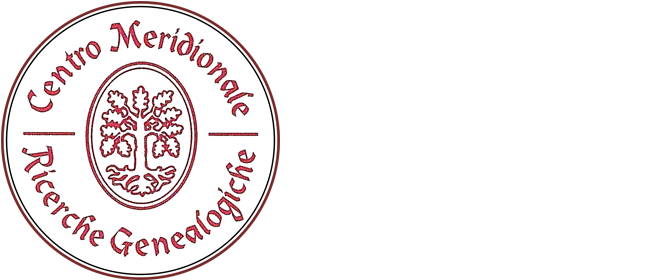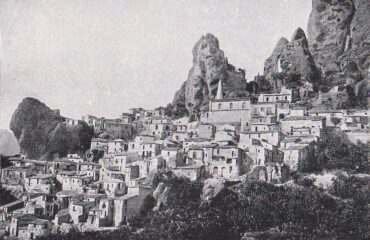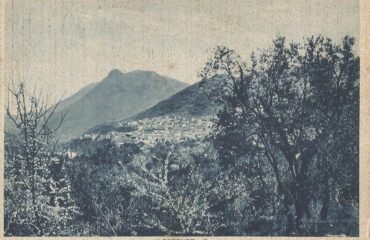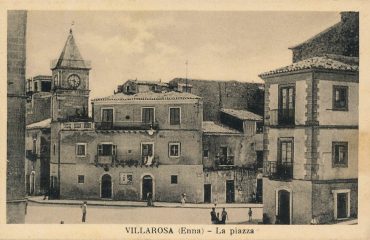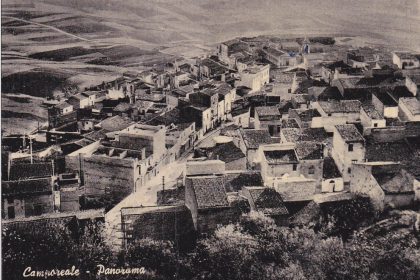
Camporeale is a Comune of 2983 inhabitants, in the province of Palermo. It rises in the high valley of the Belice river at 440 meters above sea level, on the border of the provinces of Palermo, Trapani and Agrigento.
From Makella to the foundation
It seems that the city of Makella or Macella (from the Greek-Roman era) once stood in the territory of Camporeale, mentioned by Polybius and Titus Livius.
The territory remained almost uninhabited until 1613, when Donna Violante Ferreri sold 600 bodies of land from the Macellaro and Macellarotto fiefdoms to Vincenzo Grattino, who in 1642 donated the entire property to the Jesuits.
The Jesuits founded a large and thriving farm there, but a little over a century later, with the suppression of the Order, the tax authorities confiscated all their assets.
In 1767 the tax authorities granted the Macellaro fief as a gabelle, together with the neighboring fiefs. The gabelloti often sublet portions of land to peasants.
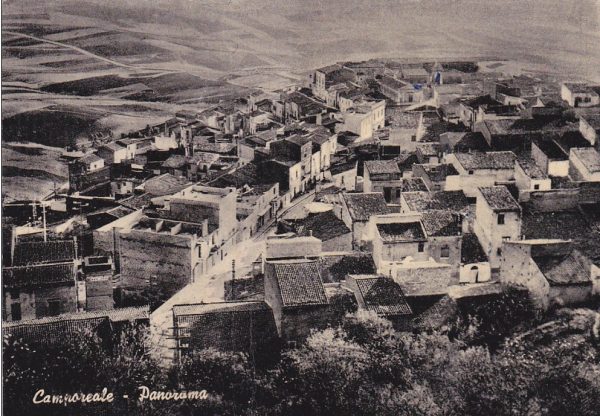
Camporeale – Panorama
In 1778 Don Giuseppe Beccadelli of Bologna, Marquis of Sambuca, councilor and first secretary of state, suppressed the former Jesuit farm and assigned its assets to the Real Patrimony Court.
Subsequently (1779) the same Beccadelli bought the fiefs and farms of Sparacia, Pietralunga, Dammusi and Signora, Mortilli and Macellaro at a ridiculously low price. The Marquis, accused of having taken advantage of his office for his own personal interests, ended up on trial; he obtained acquittal, but suspicions remained about his unscrupulous administration.
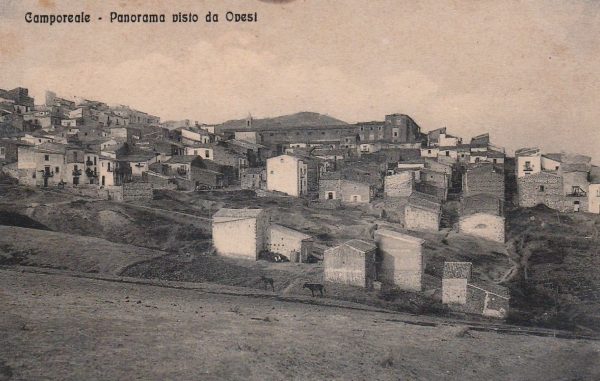
Camporeale – Panorama seen from the West
The new owner did not limit himself to the purchase of the land. After obtaining the mere and mixed empire (royal privilege that granted the feudal lords to be able to exercise civil and criminal justice on their vassals) and the licentia populandi in 1783, Beccadelli founded a new town in the Macellaro fiefdom to which he gave the name of Camporeale and issued a proclamation with which it ensured immunity and protection for those who had moved to the new country.
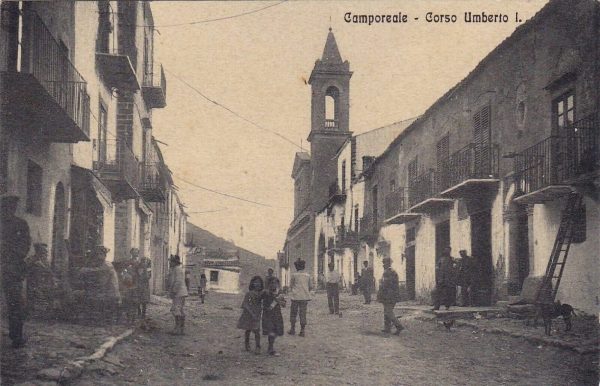
Camporeale – Corso Umberto I
So many people from neighboring villages settled in the new centers of Camporeale and San Giuseppe dei Mortilli (later San Giuseppe Jato). Thanks to the registers of baptisms, marriages and the dead (from 1780) that are kept in the archive of the St. Anthony of Padua parish church, it is possible to reconstruct the history and origin of the first families who populated the new town.
The Beccadelli of Bologna family
– Origins of the family
The Beccadelli family settled in Sicily with a Vannino Beccadelli in the first half of the 14th century. These belonged to one of the oldest and most prestigious Bolognese families, whose members held numerous public and ecclesiastical offices as early as the 12th century.
– The rise of the family
In Sicily the Beccadellis made alliances with the most important families and had a rapid economic and political rise. They dedicated themselves to various activities (including sugar production), bought numerous fiefdoms and founded new lands (Altavilla, Sambuca, Marineo, Capaci, Camporeale, San Giuseppe dei Mortilli).
Among the numerous noteworthy members we mention a Henry, praetor of the city of Palermo in 1395 and father of Antonio, called Panormita, a distinguished humanist and tutor of King Alfonso; Simone, archbishop of Palermo and President of the Kingdom in 1452; a Gilberto, first marquis of Marineo in 1563.
– Culmination and extinction
The founder of Camporeale, Giuseppe Beccadelli, was a gentleman of the chamber of King Ferdinand IV, ambassador to the Grand Duke of Tuscany and to the court of Vienna, a knight of the order of San Gennaro and a first-class grandee of Spain. Upon his death in 1813, his title and property passed to his descendants. The family died out with Marianna Beccadelli, who married Filiberto Sallier De La Tour in 1920.
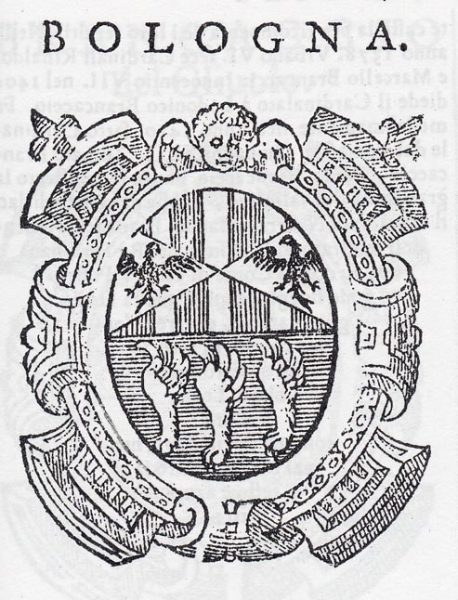
Ancient coat of arms of the Beccadelli of Bologna family
Camporeale from the 19th to the 20th century
After its foundation, Camporeale experienced a rather rapid growth: 950 inhabitants lived there in 1798, 2041 in 1831 and 3041 in 1852.
In 1819 a decree that divided Sicily into 23 districts assigned Camporeale to the Alcamo district, which in turn was included in the Valley (later the province) of Trapani.
During the riots of 1820-21 some rioters set fire to the municipal archive. In 1841 a dispute between the prince and the tenants of the common lands ended with the abolition of the prince’s right to collect rents.
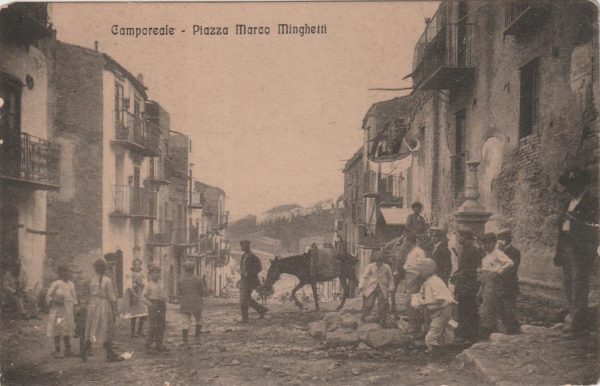 Camporeale – Piazza Marco Minghetti
Camporeale – Piazza Marco Minghetti
The serious epidemics of cholera and smallpox that hit Sicily on several occasions throughout the nineteenth century did not spare Camporeale either: the victims were numerous. The living conditions of the peasants were very poor and as if that weren’t enough, phylloxera destroyed the vineyards. So many peasants emigrated to America and Tunisia. After World War II, many inhabitants of Camporeale emigrated to northern Italy and abroad.
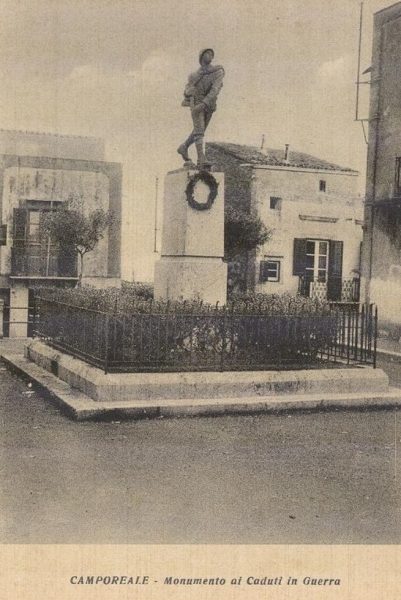
Camporeale – War Memorial
In 1954 Camporeale was aggregated to the province of Palermo.
On 15 January 1968 a violent earthquake struck the Belice valley. Camporeale also suffered serious damage, but was not totally destroyed. Following the reconstruction, new districts arose in the Serpi and Mandrianuova districts.
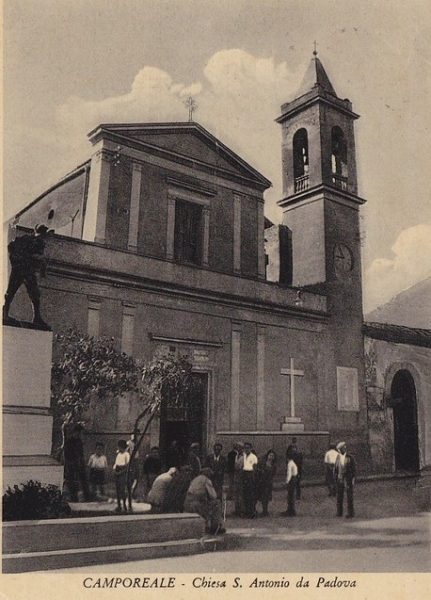
Camporeale – S. Antonio of Padua Parish Church

 Italiano
Italiano 